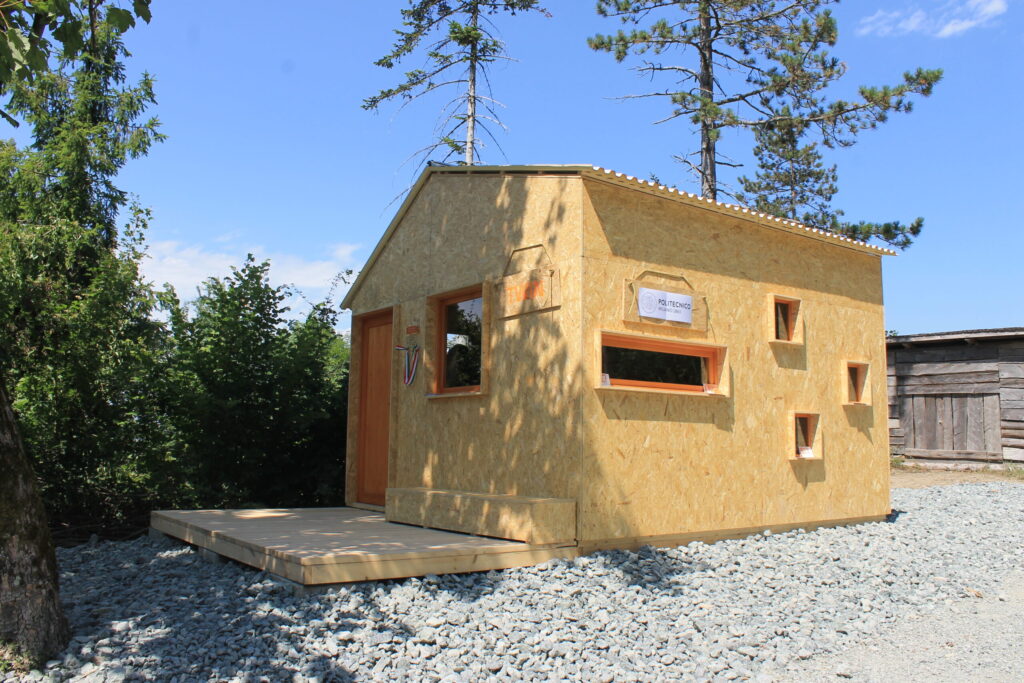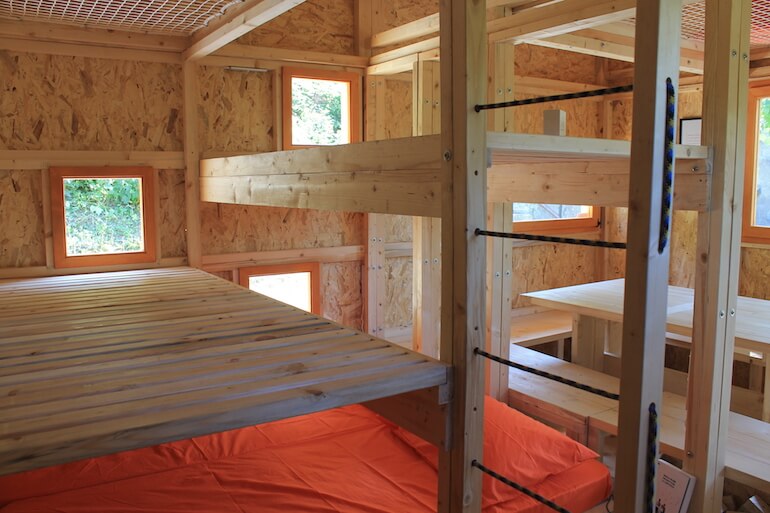Passo della Cisa has a new structure dedicated to slow tourism : the first TWIN hut , a hospitality structure that finds space between two major walking routes, the Via Francigena and the Sentiero Italia CAI.
Created under the coordination of the Politecnico di Milano and co-financed by the Italian Alpine Club (CAI), the development of the TWIN project was made possible thanks to the 2019 edition of Polisocial, the social responsibility program of the Politecnico di Milano funded by donations of 5 per mille ( we talked about it on MAP # 7, page 38 ).

The Cisa Pass is a very important crossroads crossed every year by pilgrims, walkers, cyclists and trekking lovers, but which nevertheless recorded a scarcity of accommodation facilities for tourists: hence the idea of choosing this place to promote the hospitality of travelers and create sustainable development, work and social inclusion.
"The project stems from the observation of the territory and the lack of reception facilities aimed at 'slow' tourists (walkers and cyclists) who tread the Francigena and the Sentiero Italia every year, in addition to the many itineraries that cross our country in the footsteps of saints, abbots, along ancient roads and high streets - declares to Altra Economia Paolo Pileri, professor of Urban Planning and Design at the Politecnico di Milano -“ We asked ourselves, 'How to welcome pilgrims ? '. We decided that the best way to do it was to get into the spirit of slow travel ”.
The first TWIN hut was built at the carpentry of the Monza Prison using timber obtained from trees felled by the Vaia storm which, in 2018, had hit the Dolomites and the Venetian Pre-Alps.
The structure looks like a modern mountain bivouac, and is designed as a meeting place between hikers, the territory and its inhabitants. The hospitality is organized by the Cooperative of Berceto Nova which will welcome fragile people into the work field.

Slow tourism within the TWIN project is intrinsically linked to social inclusion, the recovery of underutilized spaces, infrastructures and services .
The goal is to create modular structures and that can be placed along the great paths and cycle paths of the country, to promote the regeneration of marginal and fragile territories crossed by slow lines . In this way, local economies will be launched, giving work to socially weak categories (disabled people, abused women, but also tourist hospitality professionals who have found themselves unemployed as a result of seismic phenomena), through itinerant tourism along cycle paths and paths.
Travelers, by stopping in the TWIN modules and paying the accommodation fee, will thus make a vital contribution to a 'circular economy', which aims to link the regeneration of territories to the strengthening of the social fabric.

The TWIN project was conceived by a research group that unites engineers, architects and urban planners from the Department of Architecture and Urban Studies (DAStU) of the Politecnico di Milano. For more than ten years, the team has been committed to designing a slow tourist vision for the regeneration of fragile territories and they are also working with VENTO, the longest tourist cycle path in Northern Italy. TWIN involves, in addition to the DAStU, also the Department of Electronic Information and Bioengineering (DEIB) and the Department of Civil and Environmental Engineering (DICA).
Credits header e home: twin.polimi.it